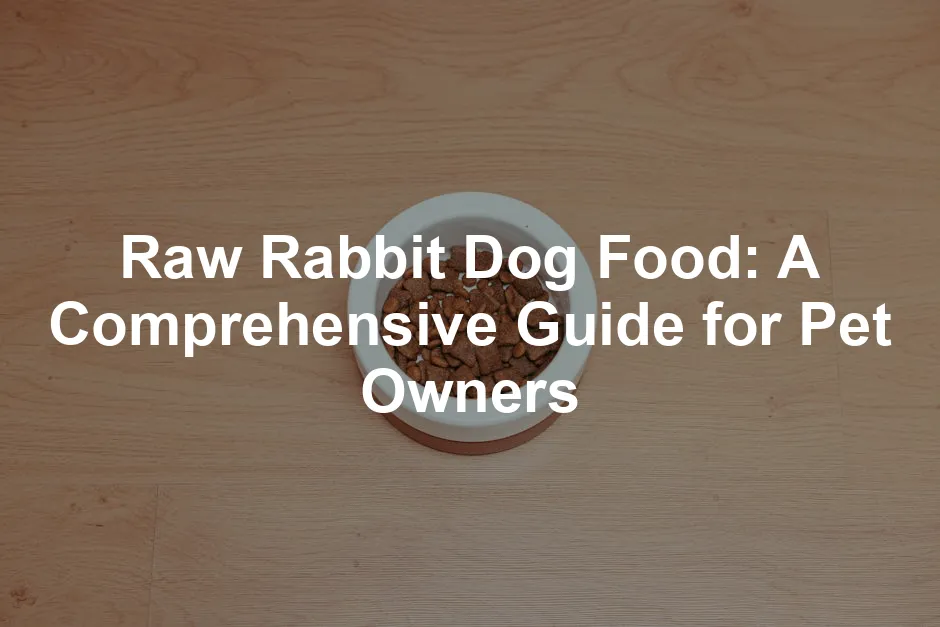Introduction
Raw rabbit dog food is gaining popularity. More pet owners are opting for raw feeding. Rabbit offers unique benefits as a protein source. It’s lean, nutritious, and often hypoallergenic, making it a great choice for dogs.
And if you’re looking for a top-notch option, check out ProDog Raw Rabbit Dog Food. It’s a fantastic choice for those wanting to give their pup the very best!
Summary and Overview
Raw rabbit dog food is packed with nutrition. This protein is ideal for dogs with allergies or sensitivities. Rabbit is low in fat and high in protein, making it perfect for many diets. You’ll find various options, including complete meals, minced, and chunked products. These options ensure that you can find the right fit for your dog. Feeding raw rabbit can improve coat quality and digestion. It may also support overall health and vitality, making it an excellent choice for your furry friend.
If you’re interested in a complete meal, consider Nutriment Complete Raw Rabbit Dog Food. It’s a top-tier choice that will keep your pup wagging their tail with joy!
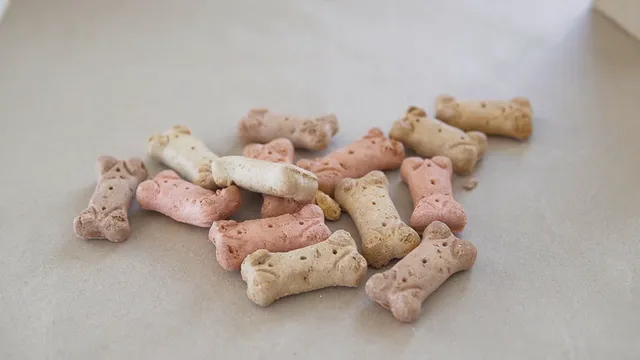
The Nutritional Benefits of Raw Rabbit Dog Food
Overview of Rabbit Meat
Rabbit meat is a lean source of protein. It contains essential vitamins like B12 and B6. These vitamins help maintain your dog’s energy levels. Compared to chicken or beef, rabbit is lower in fat. This makes it suitable for dogs needing a diet with less fat. Additionally, rabbit meat is rich in minerals, including iron and selenium. Iron supports healthy blood, while selenium boosts the immune system. With its balanced nutritional profile, rabbit meat is an excellent addition to your dog’s diet. It provides the right nutrients without compromising on taste.
To enhance your dog’s diet further, consider adding Raw Rabbit Minced Dog Food. It’s perfect for those picky eaters who need a little extra incentive to chow down!

Offal and Bone Benefits
Offal plays a crucial role in your dog’s balanced diet. It’s packed with nutrients like vitamins A, D, and essential fatty acids. These nutrients promote overall health and vitality. Offal includes organs such as liver and kidneys, which are nutrient-dense and highly beneficial.
Ground bone is equally important. It provides calcium, which supports strong bones and teeth. Additionally, calcium aids in joint health and muscle function. A proper balance of calcium is vital for your dog’s well-being.
In raw feeding, the 80/10/10 ratio is commonly used. This means 80% meat, 10% offal, and 10% ground bone. This blend ensures your dog receives essential nutrients, promoting a healthy lifestyle.
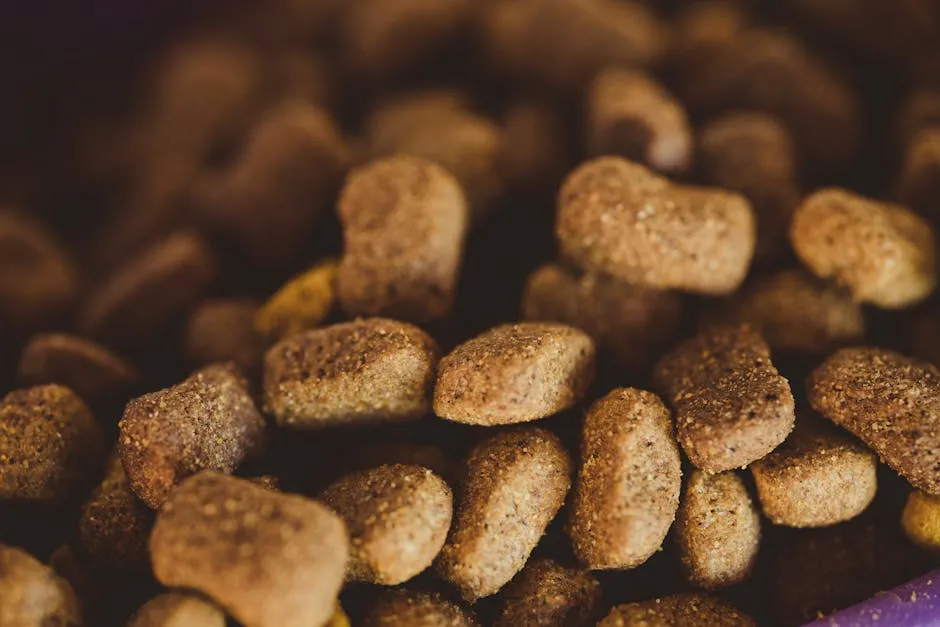
Types of Raw Rabbit Dog Food Available
Complete Meals
Complete raw meals are designed to offer balanced nutrition. They consist of high-quality rabbit meat, ground bone, and offal. These meals provide all the essential nutrients your dog needs. Popular brands like ProDog and Nutriment offer a variety of complete rabbit meals. Their recipes often include seasonal vegetables and superfoods, enhancing the diet further.
Don’t forget to store your dog’s food properly! A Pet Food Storage Container can help keep your dog’s food fresh and free from pests!
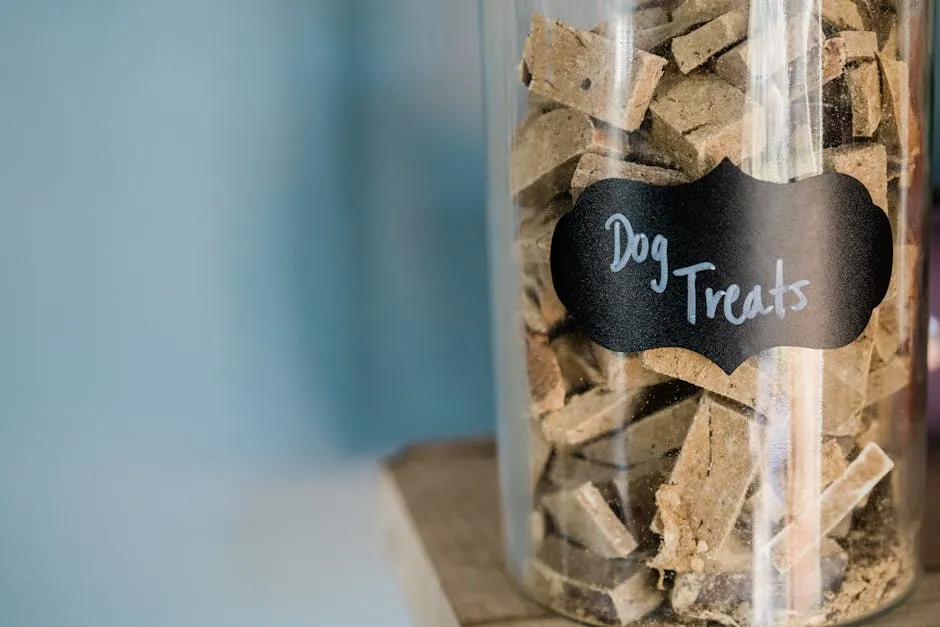
Minced and Chunked Options
Minced and chunked raw rabbit options provide different textures for your dog. Minced rabbit is ground into a fine consistency, making it easy to eat. Chunked rabbit offers larger pieces, appealing to dogs who prefer chewing.
Choosing the right texture depends on your dog’s preferences. Some dogs enjoy the challenge of chewing chunks, while others may prefer minced. Always consider your dog’s size and chewing ability. Smaller dogs might benefit from minced options, while larger breeds may thrive on chunked meats. Follow feeding guidelines based on your dog’s weight to ensure proper portions.
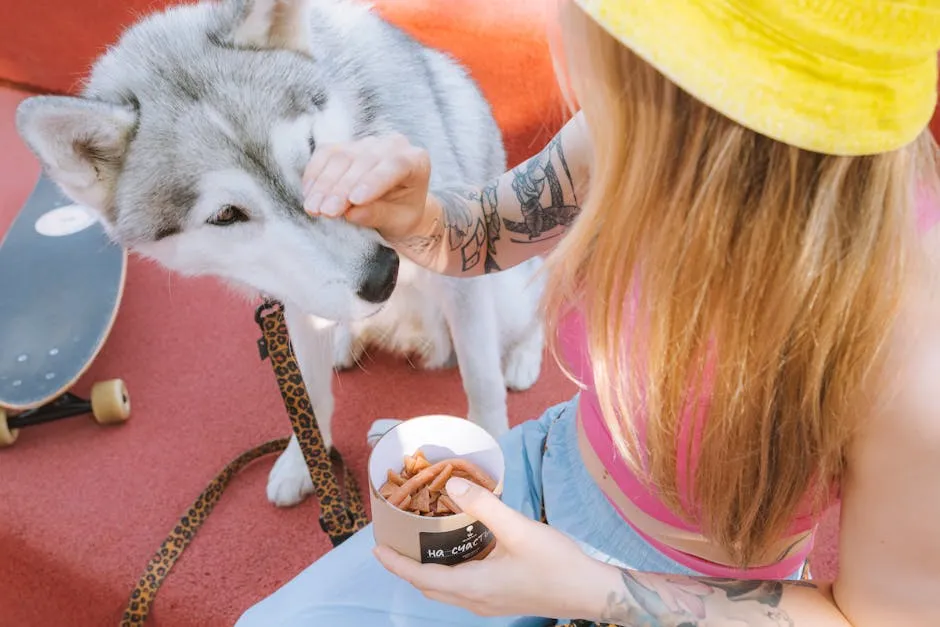
Rabbit Treats and Chews
Incorporating rabbit treats into your dog’s diet can offer multiple benefits. Rabbit is a lean protein, making it an excellent choice for dogs. These treats are often hypoallergenic, promoting better digestion for sensitive pups.
You can find various rabbit-based chews on the market. Options range from Rabbit Ears Dog Chews to dehydrated rabbit meat. These chews provide a tasty way to keep your dog engaged and satisfied.
Rabbit treats play a significant role in dental health. Chewing on these treats can help reduce plaque and tartar buildup. Plus, they serve as effective training aids. Rewarding your dog with rabbit chews can motivate them during training sessions.
For more information on how rabbit treats can benefit your dog’s dental health, check out this article on Understanding canine dental health and home care tips.
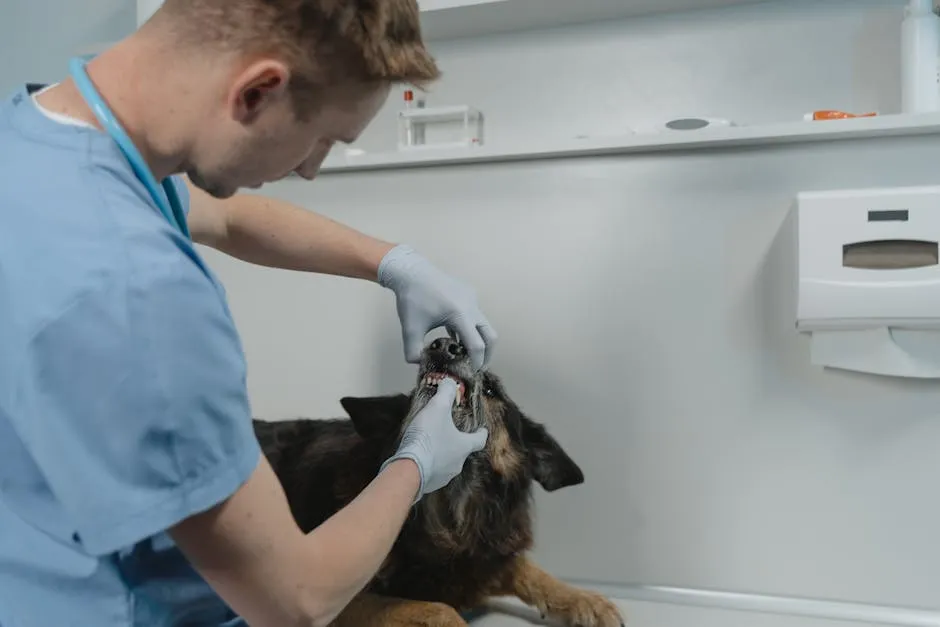
Feeding Guidelines for Raw Rabbit Dog Food
How to Transition to Raw Feeding
Transitioning your dog from kibble to raw rabbit food should be gradual. Start by mixing a small amount of raw rabbit into their current food. Gradually increase the raw portion over several days. This method helps your dog adjust to the new diet without digestive upset.
To keep your transitioning pup comfortable, consider using Dog Food Measuring Cups. Accurate measurements can make a world of difference!
Watch for signs during the transition. If you notice loose stools or lethargy, slow down the transition. Some dogs may need more time to adapt.
To ensure a smooth transition, maintain a consistent feeding schedule. Offer smaller, more frequent meals to help their digestive system adjust. Monitor their behavior and health closely for the best results.
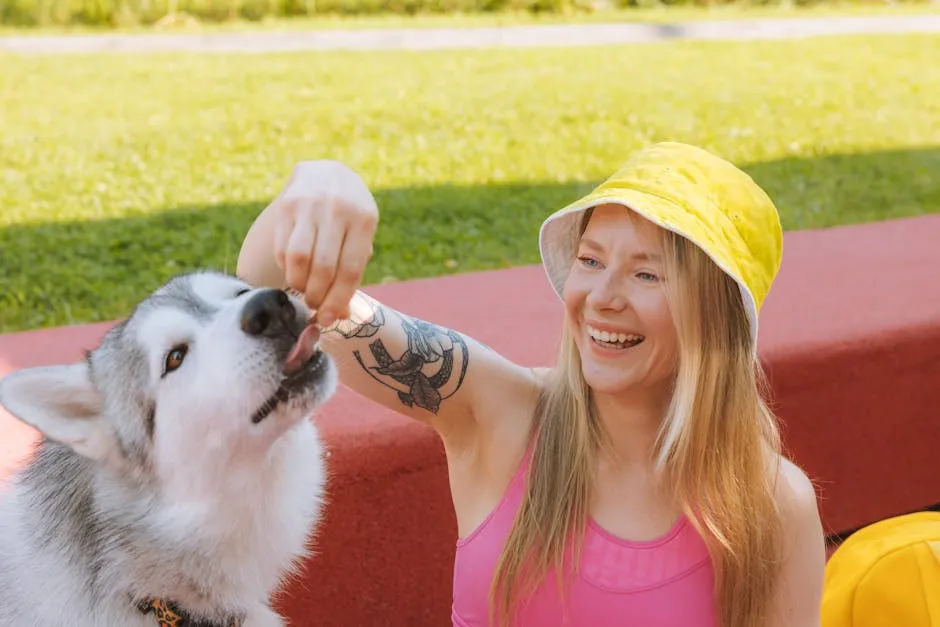
Portion Control and Feeding Frequency
Portion control is crucial when feeding raw rabbit dog food. Daily feeding amounts depend on your dog’s weight and age. As a guideline, adult dogs typically require 2-3% of their ideal body weight daily. Puppies may need up to 6% as they grow.
Establishing a regular feeding schedule benefits your dog’s health. It helps prevent obesity and keeps their metabolism stable. Overfeeding can lead to weight gain, while underfeeding may cause malnutrition.
Adjust portions based on your dog’s activity level and health status. Regularly monitor their weight to ensure they remain at a healthy level.

Storage and Handling of Raw Rabbit Dog Food
Best Practices for Safe Handling
When handling raw rabbit dog food, keep hygiene in mind. Always defrost the food in the refrigerator overnight. Avoid thawing at room temperature to prevent bacteria growth. Use clean utensils when serving to your dog. After handling raw food, wash your hands thoroughly with soap. Also, clean all surfaces to avoid cross-contamination. Don’t forget to store any leftovers in a sealed container in the fridge. Following these practices keeps your pet safe and healthy.
Storage Tips
Proper storage of raw rabbit dog food is essential. Keep it frozen until you’re ready to use it. Frozen products can last up to 12 months. Once thawed, use the food within 3 to 4 days. Don’t refreeze thawed food, as this can compromise quality. For optimal freshness, store raw food in airtight containers. This helps maintain flavor and nutrients while preventing freezer burn.
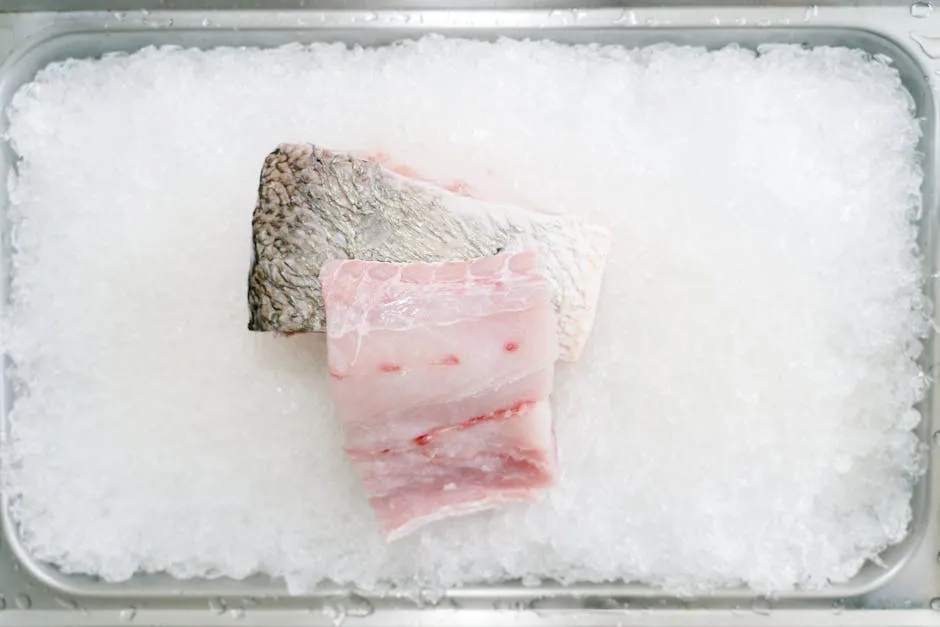
Conclusion
Feeding your dog raw rabbit dog food offers numerous benefits. It’s a lean protein source, rich in essential nutrients. Rabbit is often suitable for dogs with food sensitivities. If you’re considering a new diet, rabbit is an excellent option. However, always consult your vet or a pet nutritionist before making changes. They can provide personalized advice to ensure your dog’s health and well-being.
FAQs
Is raw rabbit dog food safe for all dogs?
Raw rabbit dog food is generally safe for most dogs. It’s a lean, nutritious protein source. However, some dogs may have allergies to rabbit. If your dog has a history of food sensitivities, consult your vet first. Watch for signs like itching or upset stomach. If you notice any reactions, discontinue use and seek advice.
How much raw rabbit should I feed my dog?
Feeding amounts vary based on your dog’s weight. As a guideline, adult dogs typically need about 2-3% of their body weight daily. For instance, a 20-pound dog would require about 0.4 to 0.6 pounds of raw rabbit daily. Puppies often require more, around 5-6% of their growing weight. Adjust portions based on activity level and health.
Can I mix rabbit with other proteins?
Yes, mixing rabbit with other protein sources can be beneficial. It offers variety and helps prevent dietary boredom. Additionally, combining proteins can meet your dog’s specific nutritional needs. However, monitor your dog for any signs of food intolerance when introducing new proteins. Gradually add them to their diet for best results.
What are the signs of a good quality raw rabbit dog food?
Look for high-quality ingredients in raw rabbit dog food. The first ingredient should be real rabbit meat, followed by organ meat and ground bone. Avoid products with fillers or artificial additives. Sourcing matters too; choose brands that use ethically raised rabbits. Transparency in sourcing ensures better nutrition and safety for your dog.
How do I transition my dog to a raw rabbit diet?
To transition your dog, start slowly. Mix a small amount of raw rabbit with their current food. Gradually increase the raw portion over 7-10 days. Observe your dog during this period. If they experience digestive upset, slow down the transition. Consistency is key; maintain regular feeding times to help their digestive system adjust smoothly.
Where can I buy raw rabbit dog food?
You can find raw rabbit dog food at various retailers. Popular brands include ProDog, Nutriment, and The Dog’s Butcher. Many online pet food stores offer a wide selection. Local pet shops may also stock raw options. Always check for reputable brands that prioritize quality ingredients.
What are the potential health benefits of feeding raw rabbit?
Feeding your dog raw rabbit can offer several health benefits. Many dogs experience improved coat quality, leading to shinier fur. Raw diets often enhance digestion and nutrient absorption. Additionally, a raw rabbit diet can help maintain a healthy weight. Dogs may also have more energy and vitality, contributing to overall well-being.
For all your dog’s needs, don’t forget to stock up on Dog Training Treats to make training sessions a breeze!
Please let us know what you think about our content by leaving a comment down below!
Thank you for reading till here 🙂
All images from Pexels

